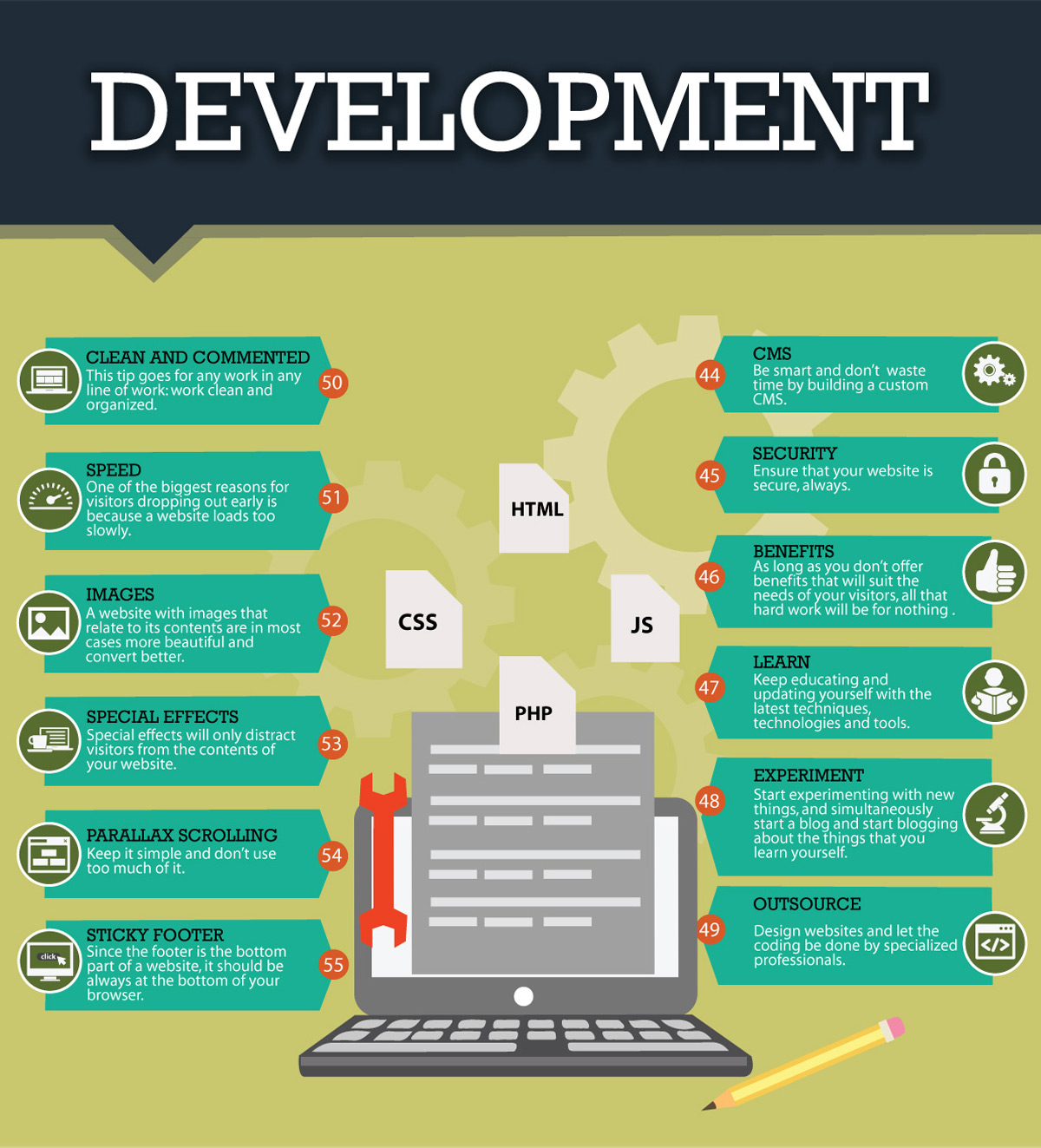The Development Of Website Style: From Earlier Times To Currently
The Development Of Website Style: From Earlier Times To Currently
Blog Article
Article Writer-Kinney Lunde
In the past, websites were simple and concentrated on info. Navigation was direct, and design was for desktops. Currently, individual experience is crucial. Data guides styles for very easy navigation. Responsive layouts fit different tools. Today, dark mode lowers pressure, and minimalist food selections boost navigating. Interactive attributes involve individuals, and vibrant visuals attract attention. AI combination improves engagement. See how design has actually evolved to enhance your on-line journey.
Early Days of Website Design
In the early days of web design, simpleness reigned supreme. Websites were basic, with minimal shades, font styles, and formats. The emphasis got on offering details instead of flashy visuals. Users accessed the web with slow-moving dial-up links, so rate and capability were key.
Navigating menus were straightforward, generally situated on top or side of the web page. Websites were developed for home computer, as mobile browsing had not been yet prevalent. Content was king, and designers focused on simple readability over intricate style elements.
HTML was the main coding language used, and designers had to work within its constraints. Animations and interactive features were marginal compared to today's requirements. Sites were fixed, with little vibrant web content or individualized individual experiences.
Surge of User-Focused Style
With the development of web site design, a shift in the direction of user-focused design concepts has actually come to be progressively prominent. Today, developing web sites that prioritize user experience is vital for involving visitors and attaining company objectives. User-focused design involves recognizing the requirements, preferences, and habits of your target market to tailor the website's format, content, and features accordingly.
Designers now perform comprehensive research, such as customer surveys and usability screening, to collect insights and responses straight from customers. This data-driven technique aids in developing user-friendly navigating, clear calls-to-action, and visually appealing user interfaces that resonate with visitors. By placing the individual at the center of the design procedure, internet sites can supply a much more customized and pleasurable experience.
Responsive layout has actually likewise emerged as an essential facet of user-focused design, making sure that internet sites are optimized for numerous gadgets and screen sizes. This flexibility boosts availability and use, satisfying the diverse means individuals communicate with web sites today. Basically, the rise of user-focused design indicates a shift towards producing electronic experiences that prioritize the demands and expectations of completion individual.
Modern Trends in Web Design
Discover the current patterns forming web design today. https://www.straitstimes.com/singapore/jobs/skillsfuture-forum-kicks-off-skills-upgrading-festival is dark mode layout, providing a streamlined and contemporary appearance while decreasing eye strain in low-light environments. Another vital trend is minimal navigation, streamlining food selections and boosting customer experience by focusing on essential elements. Integrating micro-interactions, such as animated buttons or scrolling impacts, can produce a more interesting and interactive web site. Receptive design remains crucial, guaranteeing smooth user experiences across numerous gadgets. In addition, using bold typography and asymmetrical designs can include visual rate of interest and accentuate certain web content.
Incorporating AI technology, like chatbots for client assistance or tailored suggestions, improves user involvement and improves processes. https://seo-agency-near-me07295.sharebyblog.com/26906466/explore-techniques-to-improve-your-internet-site-s-sales-by-discovering-just-how-to-create-layouts-that-urge-conversions-and-rise-income-via-useful-understandings-offered-in-this-short-article has also come to be a significant trend, with developers focusing on comprehensive design techniques to deal with diverse individual demands. Accepting sustainability by maximizing web site performance for rate and efficiency is an additional emerging pattern in website design. Working together with individual feedback and information analytics to iterate and boost layout continually is important for staying appropriate in the ever-evolving digital landscape. By accepting https://hectormhbwq.myparisblog.com/27463601/unlock-an-universally-obtainable-electronic-world-by-creating-sites-that-satisfy-the-varied-needs-of-all-people-making-certain-a-welcoming-and-fair-online-setting-for-everyone -day trends, you can produce a visually attractive, straightforward internet site that reverberates with your target market.
Final thought
As you reflect on the development of website layout from the early days to currently, you can see exactly how user-focused style has actually come to be the driving pressure behind contemporary trends.
Embrace the trip of change and adaptation in web design, always maintaining the individual experience at the leading edge.
Keep existing with the latest trends and technologies, and never quit advancing your strategy to develop aesthetically spectacular and user-friendly web sites.
Progress, adjust, and create - the future of website design is in your hands.
